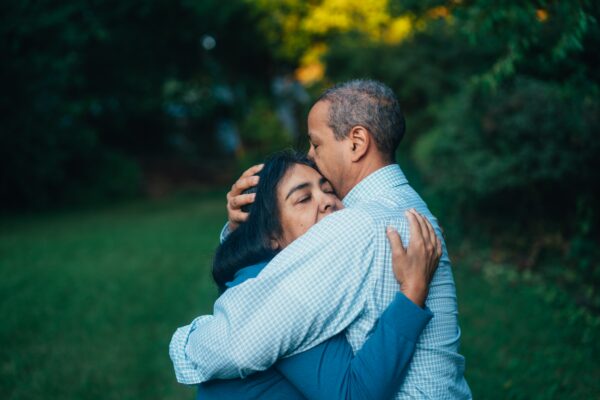
How to look after and protect yourself
For advice on how to cover your tracks online visit https://stopdomesticabuse.uk/cover-your-tracks
Protect yourself and your children by making a personal safety plan. It helps you to plan in advance against any future domestic violence and abuse.
There are a number of sites with useful information about safety planning including The Women’s Aid Survivors Handbook.

Personal safety plan
- Think about where you would go in an emergency
- Plan how you would respond in different situations including thinking about an escape route from each room in the house and which doors you would use
- If you fear violence may occur avoid the kitchen and bathroom as these rooms have hard surfaces and may contain items which could be used as weapons
- Consider agreeing a “code” with family and friends so that they can call police for help if you are unable to do so
- Talk to neighbours (if possible) so that they are aware of the situation and can call police if they hear or see anything suspicious
- Keep a mobile phone to hand and charged
- Teach your children how to dial 999 in an emergency and what information they should provide, give them ‘permission’ to ring police
- If safe to do so, pack an emergency bag (see below) and keep it either hidden at home or with a trusted neighbour, friend or family member
- Try to keep keys and some money easily accessible so that you can leave quickly if needed
- If you ring the police on 999 (press 55 if you are unable to speak) keep the phone line open, describe what is happening, where you are, where the perpetrator is, what he is doing etc so the police know what they are coming to and the call is recorded
- In an emergency, always dial 999
What to pack in an emergency bag
- Birth and marriage certificates
- Passports, visas or any work permits
- National insurance number
- Money, bank or building society details, cheque books (if applicable), credit and debit cards
- Keys for your home, workplace, vehicle
- Details relating to any benefits you are entitled to including child benefit
medical cards, vaccination details, prescriptions, any prescribed medication - Driving licence, car registration documents and insurance documents (if applicable)
- Copies of documents relating to your housing, such as mortgage documents or a tenancy or rental agreement
- Any relevant legal documents (such as divorce papers, contact orders, injunctions)
- A photograph of the perpetrator
- Any small items of sentimental value, such as photographs, jewellery or a child’s soft toy
- Clothing and toiletries


Safety planning after you have left
Separation can be the time when you are most vulnerable and at risk from domestic abuse.
There are a number of ways you can help to increase your safety, including:
- Tell trusted friends, family members, neighbours, your employer and those looking after your children (such as school, nursery, child minder) that you are no longer with the perpetrator.
- If you are entitled to make adjustments to your property, consider changing or adding locks to doors and windows and other security measures such as smoke detectors/security lighting. We have specialised housing team members who can talk to you about The Sanctuary Scheme, designed to help anyone experiencing abuse to stay safe in their own home. The scheme is open to anyone who no longer lives with their partner.
- Change your telephone numbers and use an answerphone to screen calls, alter your routines and avoid any places which you know the perpetrator frequents.
- Keep a record of any incidents when the perpetrator harasses, threatens or intimidates you to include the date, time and what was said or done and report to police.